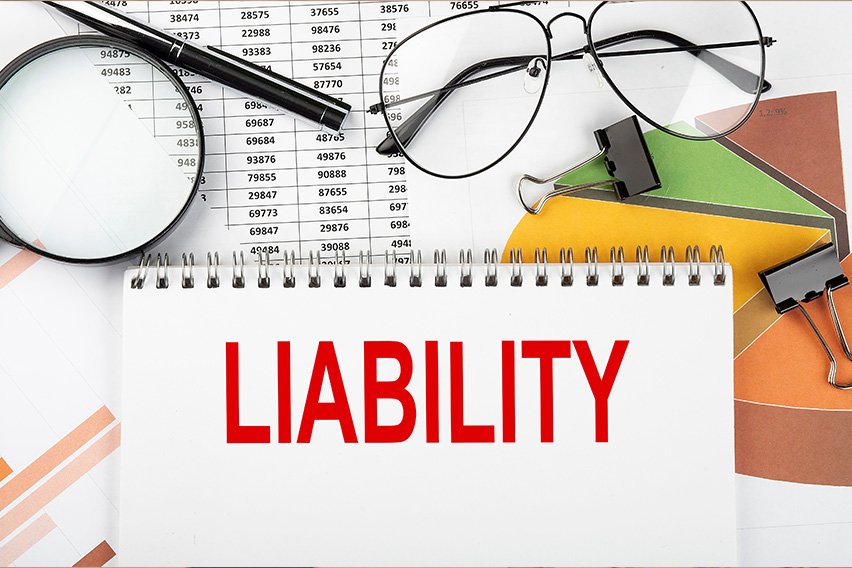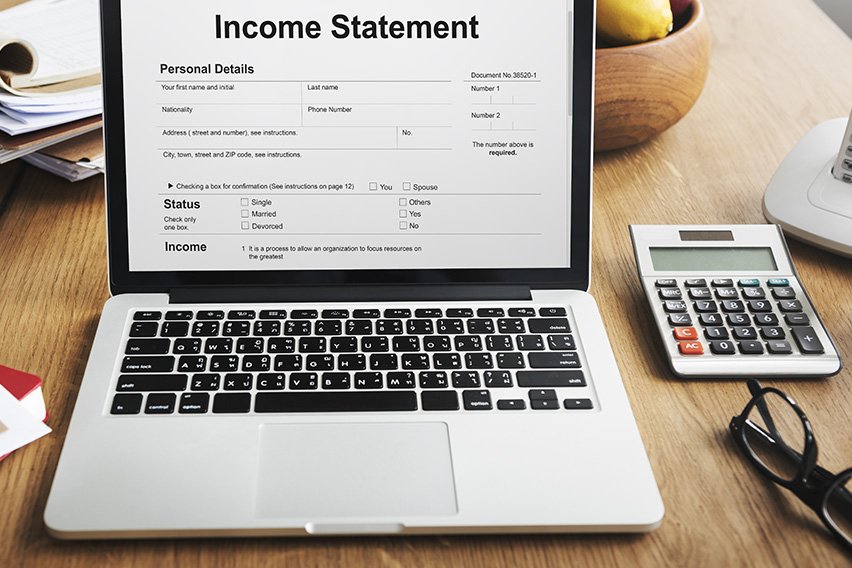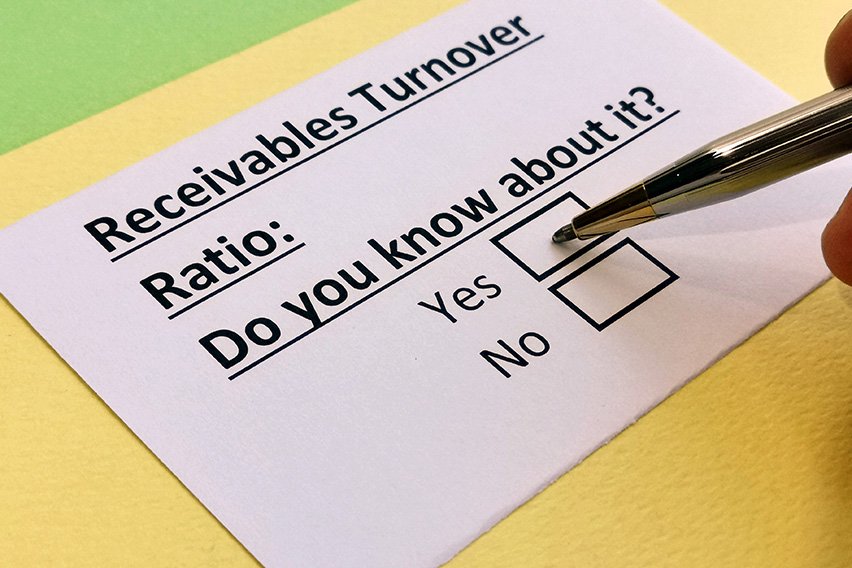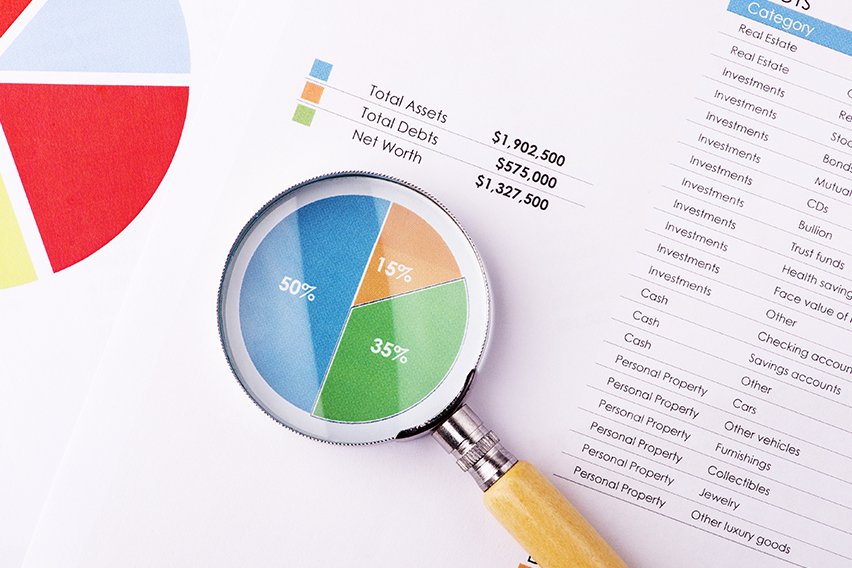Overhead Cost: Definition, Types, and Examples

Overhead costs are all the indirect costs that come with running a business. These costs cannot be linked to a specific business activity, rather they support the overall business operations of an entity. This includes everything from rent and utilities to administrative salaries but excludes the cost of materials and labor directly associated with producing your product or service.
Tracking overhead costs helps business owners understand how to effectively allocate funds within their company. It’s also important for catching areas to cut costs and developing a strong profit strategy. We’ll explore what’s included in overhead costs, types of overhead costs, and strategies for reducing overhead costs to help you grow your business.
Key Takeaways
- Overhead costs are indirect costs associated with running a business.
- Overhead does not include Cost of Goods Sold (costs directly associated with producing your goods or service).
- The three types of overhead costs are fixed, variable, and semi-variable costs.
- Some examples of overhead include administrative costs, rent, and office supplies.
- Understanding overhead can help you cut costs and decide how to allocate funds.
Table of Contents
- What Is Overhead Cost?
- Types of Overhead Costs
- Overhead Cost Examples
- How To Reduce Overhead Cost
- Manage Overhead Costs Effectively with FreshBooks
- Frequently Asked Questions
What Is Overhead Cost?
Overhead costs, also called operating expenses, are all the ongoing business expenses required to run your business that are not directly involved with creating your product or service. This includes everything from office supplies to administration but excludes the cost of goods sold.
It is important to research and calculate overhead costs for budgeting and determine how much the business should charge for a service or product to make a profit. For example, if you have a service-based business, then apart from the direct costs of providing the service, you will also incur overhead costs such as rent, utilities, shipping costs, and insurance.

Types of Overhead Costs
We’ll explore the three main types of overhead costs and what each category includes:
Fixed Overhead
Fixed overhead costs are overhead expenses that remain constant regardless of your business activity. This means even if sales volumes change, your fixed overhead costs stay the same.
Examples of fixed overhead include rent, employee salaries, insurance premiums, renewable business licenses, fixed depreciation of some assets, and subscriptions for things like website hosting and business software.
Variable Overhead
Variable overhead costs refer to overhead expenses that change in relation to business activity. As sales increase, your variable overhead costs will usually increase as well.
For example, if you are selling a larger volume of goods in a given month, you will need to spend more on shipping costs. Other examples include legal fees and administrative expenses, transport fuel, and wages for seasonal work.
Semi-Variable Overhead
Semi-variable overhead expenses are costs that have a fixed baseline expense but may also fluctuate in relation to business activity. For example, utility costs typically include a base monthly delivery charge but also increase depending on how much heat, water, or power you use.
Other examples include commissions and subscriptions like travel phone plans which include a base rate in addition to roaming charges.
Overhead Cost Examples
Overhead costs include all the indirect costs of running your business. Organizing your overhead expenses into categories makes it easier to keep track of expenses and assess which costs are most beneficial to your business.
Administrative Costs
Administrative costs are all the daily office costs required to keep your business running smoothly. These include the salaries of office workers, furniture for the office, equipment like computers and printers, and common office items like coffee and water machines.
Many administrative costs, like office salaries, are fixed costs and therefore predictable. Others, like replacing broken furniture or office equipment are variable and may come as a surprise.
Administrative costs often comprise a large component of a company’s overhead, so it’s important to budget appropriately to cover these essential costs.
Rent
Overhead can include rent for an office space, warehouse, storefront, or other space for running your business. Small business owners who work from home can also claim some of their rent as a business expense, so long as they only claim the area of their home used exclusively for business.
Rent is a fixed overhead cost, meaning you’ll pay the same amount every month. If you have a rental contract you can budget ahead and assume that your rent will remain consistent, but if you rent month-to-month or your lease is ending, you may need to set aside additional funds in case your rent increases.
Insurance
In many cases, businesses are required to be insured for various aspects of running a business. These can include everything from liability insurance for property and employees to car insurance for work vehicles.
Although insurance costs aren’t directly related to profit generation, they may be a legal requirement for business operations. Even if they aren’t required by law, it’s a good idea to purchase the appropriate insurance so your company is covered in the event of damage or liability.
Utilities
If your company has an office, warehouse, or storefront, you’ll require utilities to keep your space operational. If you work from home, you may also be able to claim a portion of your utilities for your home office.
Utilities are a semi-variable overhead cost, meaning you pay a base rate and then pay extra depending on the amount of water, heat, and energy you use. Utilities generally represent a small component of a business’s total overhead cost, though this may be greater if you operate a business with heavy utility use.
Employee Perks
While employee perks aren’t necessary for running your business, they can improve employee satisfaction and performance. As such, many business owners choose to set aside a certain amount to provide employee perks.
Perks can range from variable costs like performance-based bonuses to fixed costs like holiday parties or special events. As an optional cost, they generally represent only a small part of overhead.
Advertising
Advertising costs aren’t directly related to producing goods and services for a business, but they are important for promoting growth and increasing profits. Whether advertising is a large overhead component depends on your business budget, strategy, and promotional goals.
Some advertising costs, like website hosting, are fixed overhead. Others, like seasonal campaigns, can vary according to your business’s promotional plan.
Supplies
Overhead costs for supplies include expenses for ink, paper, and other office supplies as well as essentials like soap and toilet paper. You can also include supplies like tea and coffee that you provide for employees or customers.
Note that supplies and materials used directly in producing your goods and services are not included in overhead costs. These are called Cost of Goods Sold since they are necessary for your profit-generating goods or service.
Legal Costs
Some businesses may choose to bring in a legal expert for routine processes such as reviewing annual documents and looking over advertising or business strategy. These legal costs are fixed and generally comprise only a small part of overhead.
In other cases, legal costs can be variable—for example, if you need to bring in a legal expert to address a merger, lawsuit, or audit. Although these are rare, they can be costly and make up a large part of that quarter’s overhead.
Accounting Fees
Accounting fees include the salary for an in-house accountant and the costs paid to accountants and tax professionals brought in for seasonal work. Some businesses also choose to include costs for accounting software in this category.
The salary paid to an in-house accountant is fixed overhead, while costs paid for occasional work like tax filing is a variable cost. Accounting costs are sometimes included under administrative fees and may represent a considerable portion of overhead if your business employs a full-time accountant.
Other Overhead Cost Examples
There are some overhead costs that don’t fit into the above categories but are still important for the everyday operation and management of your business. These can include things like:
- Equipment and vehicle repairs
- Business travel expenses
- Environmental upgrades to buildings and equipment
- Labor not directly associated with the production of your goods and services, such as hiring a business consultant
Recording and categorizing your overhead costs makes it easier to calculate your own total overhead costs. This helps you determine your overhead rate and make effective spending decisions for your business. Learn more about how to calculate overhead costs for a detailed look at overhead calculations and their value for your business.
How To Reduce Overhead Cost
Some ways you can reduce your business’ administrative overhead include:
- Evaluate your workspace and think about shifting to working remotely or moving into a shared office space to reduce rent costs if possible
- Ensure your processes are as time-effective as possible, automating for efficiency, eliminating excess employee hours, and supply use where feasible.
- Check out the competitors to your usual vendors and see if you can find a lower price for your materials, etc., or work to consolidate vendor services if they offer price breaks.
- Calculate whether purchasing supplies in bulk will save you money
- Making sure your business software is working for you, as monthly subscription fees can add up quickly
- Reduce your paper consumption using (free) digital services to save on administrative expenses, like emailing invoices and paying employees through direct deposit.
Manage Overhead Costs Effectively with FreshBooks
Understanding your overhead expense rate is key to gaining an accurate picture of your business finances. By accurately tracking your overhead, you can develop effective financial strategies, cut costs, and grow your profits.
FreshBooks expense tracking software offers an easy way to keep track of your overhead costs. Automated expense tracking allows you to quickly and easily import costs from your bank account and credit card, enabling you to categorize and allocate overhead costs and gain insights into your business spending. Try FreshBooks free to streamline your overhead costs management process today.

FAQs on Overhead Cost
Learn more about what’s included in overhead costs, good overhead percentages, and more with frequently asked questions about overhead costs.
What is overhead vs. direct costs?
Direct costs, also called operating costs, are the costs of purchasing raw materials or inventory, cost of labor, or costs of providing services. Overhead, on the other hand, is the money spent on costs that don’t translate directly into production and revenue for the business, like insurance, rent, software, etc.
What is usually included in overhead?
Overhead includes everything it costs to run a functioning business, from rent to payroll to business licenses to accounting fees and many other costs that vary from business to business. These costs are necessary to run the business but do not directly contribute to producing goods or services.
What expenses are not overhead?
Any costs that are directly related to manufacturing and selling a product are not considered overhead, including labor, materials, and production costs, are not overhead. These are called “direct costs” or “operating costs.”
What is COGS vs. overhead?
Cost of Good Sold, or COGS, are costs directly associated with producing your goods or service, while overhead costs are all other costs associated with running your business. COGS includes materials and direct labor needed to produce your profit-generating goods or service, while overhead costs include administration, rent, and other indirect costs.
What is a good overhead percentage?
In general, anything less than 35% is considered a good overhead percentage. However, this varies depending upon the size of your company and what industry you work in—for example, companies that require a warehouse and storefront will have higher overhead than a freelancer working from home.
What is the rule for overhead cost?
You can calculate overhead cost per unit produced or per hour worked. Calculate the total amount of overhead costs incurred during a period (including fixed, variable, and semi-variable costs) and then divide it by the total number of units produced or hours worked to get per unit or per hour overhead.
About the author
Sandra Habiger is a Chartered Professional Accountant with a Bachelor’s Degree in Business Administration from the University of Washington. Sandra’s areas of focus include advising real estate agents, brokers, and investors. She supports small businesses in growing to their first six figures and beyond. Alongside her accounting practice, Sandra is a Money and Life Coach for women in business.
RELATED ARTICLES


 Small Business Accounting 101: A 10-Step Guide for Financial Success
Small Business Accounting 101: A 10-Step Guide for Financial Success How to Increase Profit Margins: Top 5 Ways to Increase Your Small Business’s Revenue
How to Increase Profit Margins: Top 5 Ways to Increase Your Small Business’s Revenue How To Calculate Liabilities: A Step-by-Step Guide with Formulas
How To Calculate Liabilities: A Step-by-Step Guide with Formulas What Is an Income Statement?
What Is an Income Statement? How to Calculate Accounts Receivable Turnover
How to Calculate Accounts Receivable Turnover What Are Fixed Assets? A Simple Primer for Small Businesses
What Are Fixed Assets? A Simple Primer for Small Businesses